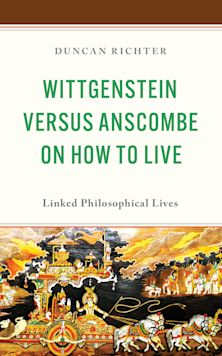- Home
- ACADEMIC
- Philosophy
- Ethics and Moral Philosophy
- Posthuman Personhood
Posthuman Personhood
This product is usually dispatched within 2-4 weeks
- Delivery and returns info
-
Flat rate of $10.00 for shipping anywhere in Australia
You must sign in to add this item to your wishlist. Please sign in or create an account
Description
Posthuman Personhood takes up the ethical challenge posed by Francis Fukuyama’s work, Our Posthuman Future. Daryl J. Wennemann argues that the traditional concept of personhood may be fruitfully applied to the ethical challenge we facein a posthuman age. He draws upon Wilfrid Sellars’ treatment of the concept of a person within “the manifest image of man in the world.” Sellars proposed that we develop a stereoscopic view of reality that includes both a scientific understanding of the world and a meaningful place for persons living and acting in the world. Following Mary Anne Warren, Wennemann develops a distinction between two meanings of the term “human,” a biological meaning and a moral meaning, and maintains that all (biologically) humanbeings are persons. But, it is not necessarily the case that all personsmust be (biologically) human. After drawing on a contemporary version of Kant’s distinction between a theoretical possibility and a real possibility, the book posits that biologically non-human persons like robots, computers, or aliens are a theoretical possibility but that we do not know if they are a real possibility. Finally, Wennemann describes an ethic of self-limitation for the posthuman age.
Table of Contents
Acknowledgements
Chapter 1: Welcome to the Posthuman Age
Chapter 2: More Human Than Human
Chapter 3: Distinguishing Distinctions
Chapter 4: The PosthumanB Age and PragmaCentrism
Chapter 5: PosthumanB Impure Ethics
Chapter 6: The AnthropoMcene Age
Chapter 7: The PostHumanB Predicament
Bibliography
Index
About the Author
Product details
| Published | 02 May 2013 |
|---|---|
| Format | Hardback |
| Edition | 1st |
| Extent | 170 |
| ISBN | 9780761861034 |
| Imprint | University Press of America |
| Dimensions | 236 x 162 mm |
| Publisher | Bloomsbury Publishing |



































